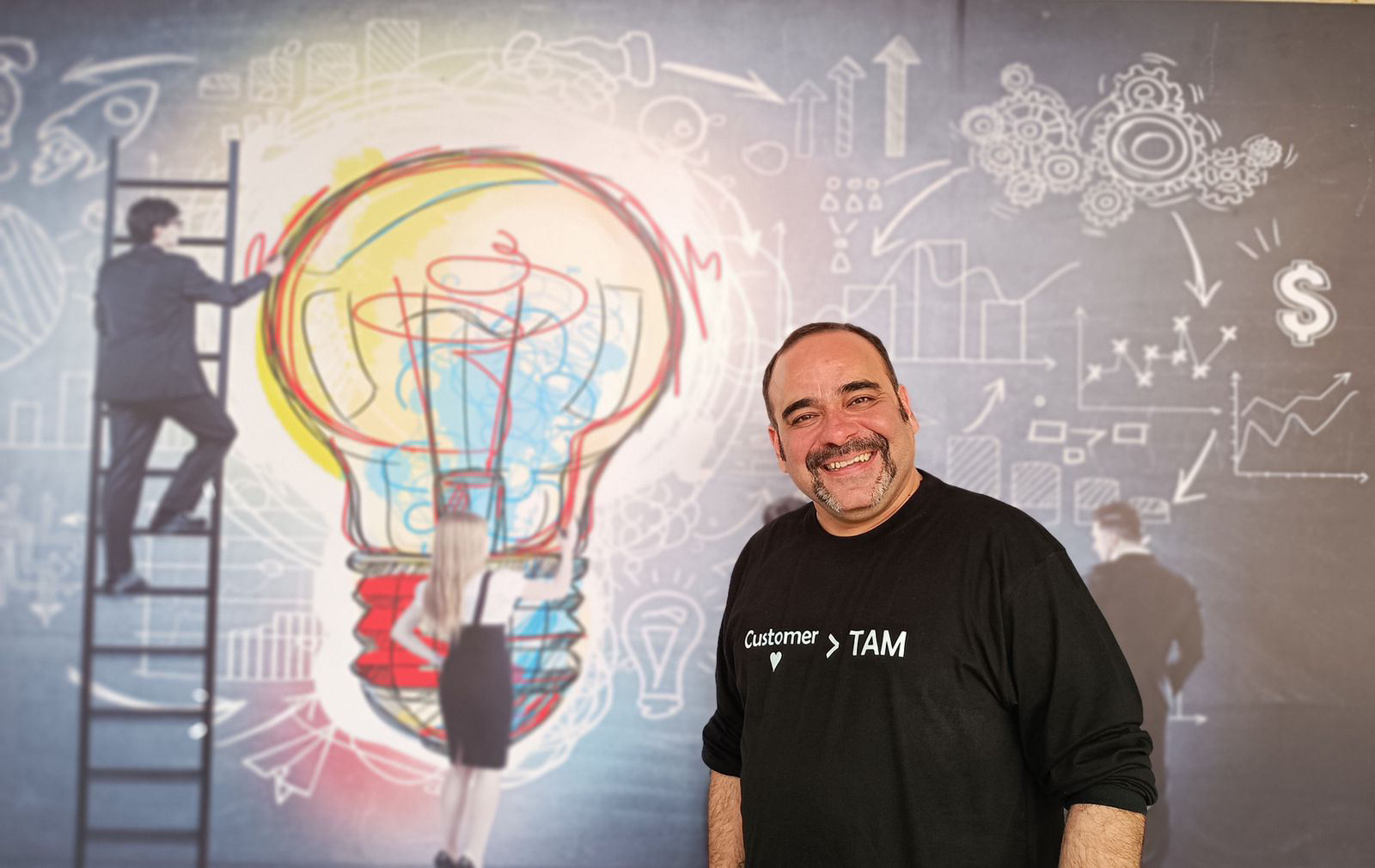- Aneesh Khanna, Early Stage Start-up Coach & Consultant
Fall in love with the Problem
Building a startup is very much like falling in love. In the beginning, there are many ideas you could pursue. Eventually you land up picking one idea, which you think you strongly connect with. Very much like going on many dates, till you find someone whom you think is ‘The one’.
Successful entrepreneurship journeys are typically over a decade long, unless you are really vested into the problem that you are solving, it can be very difficult for young 1st time founders.
I lean on Uri Levine’s thoughts from his book ‘Fall in love with the problem, not the solution’. Uri says “At the end of the day, building a startup is hard, long and painful. You have to be in love, in order to have enough passion to persevere through the hard parts of the journey….If you’re not in love, it will be too hard for you”
So, find a problem that you strongly relate to, that you can fall in love and stay in love for a long time. The obsession with the problem, can be often sidelined with the exuberant discussion about the solution. Start with the problem and whenever you feel lost while building, go back to the problem that you are solving. Go back to your WHY, the cause, belief or purpose of WHY you commenced your Entrepreneurial journey.
Seek Customer Love not only TAM
Create that type of Customer Love, where if you as a brand disappear tomorrow morning, you take a part of the soul away from your loyal customers. I quote Rohit Bansal, Co-Founder Snapdeal and Titan Capital, Rohit says “We actually prefer investing in businesses, where the market may seem extremely small right now, but what they are building is a 10X experience. What they have built is superlative, even though it is a very tiny market, seemingly very niche, but what they have built has absolute and immense love for the brand in itself. We have seen that it is a lot easier to replicate that love, over a period of time, to a larger and larger TAM over time”.
Not every entrepreneur needs to solve for Gen AI or make a low calorie Cola. In fact, the larger the TAM (Total Addressable Market), the more competitive it is with a small bootstrapped budget to make an impact in the market. Ideally a small niche, allows you to focus on the smallest set of customers, who really need what you are building. When you create super Customer love with these set of users, who have the acute problem that you are solving, then you can increase the TAM over time.
Customer Money > Fundraising
In the current Indian context, the first angel cheque is still challenging, despite there being a large number of angel groups and early-stage funds.
When you are in the early stages, don’t think that a cheque of Rs 1 Cr, is going to solve your problems. I am not saying it cannot, but it is not a necessity to Start up. You must bootstrap your business, hustle to get the few customers, build your first teams, figure out your Unit Economics, before you raise money. During bootstrapping, you may also find out what is working and you can put more money behind it to scale your Startup, once you receive your first angel or seed round of Investment.
Bootstrapping is an important stage, because it teaches the entrepreneur to be frugal with capital, yet show some early traction. I quote Harsh Jain, Founder at Dream 11, from my book, ‘Ain’t No Eureka – Your Idea to Enterprise journey, “For early-stage companies, do things that ‘don’t scale’, because larger companies cannot do things that don’t scale”
Unit Economics & Profitability
Understanding of unit economics implies that you are able to break down the revenue and expenses at a unit level. This focus is critical, irrespective of whether you are at an Idea Stage, bootstrapped or even at a scaled stage of the business.
It is important to gear all your cost and growth structures, towards a goal of being profitable. This focus on frugality is so different from the VC money rush of 2021, but this is a trend which will stay for a while to come. So, stay focussed on your Unit Economics and your path to profitability.
Team and Culture
When you hire people, hire for alignment with your WHY as an Entrepreneur.
Harsh Jain, Founder Dream11, said “For anyone wanting to build culture, write down what culture means to you. In the first 20-30 employees, culture flows directly from the founder. After you cross that number, you need the culture to be written down, what does that culture actually mean”
I have always believed that your first hires should be:
Aligned with your WHY and should be A+ on Culture fit and could be B+ on Skill
Hire for complimentary skills sets, but ensure that everyone comes with a fire in the belly, so that they can take over work across departments in the early days.

No comments:
Post a Comment